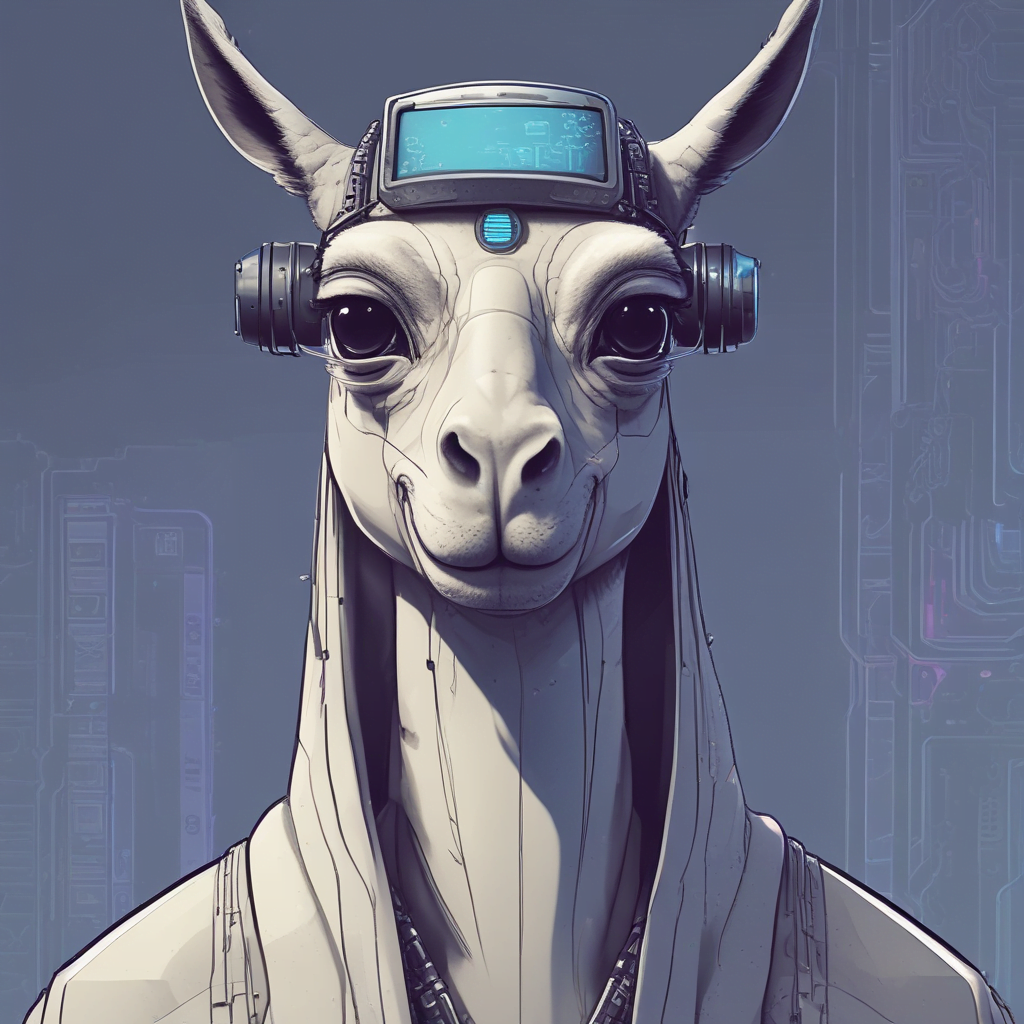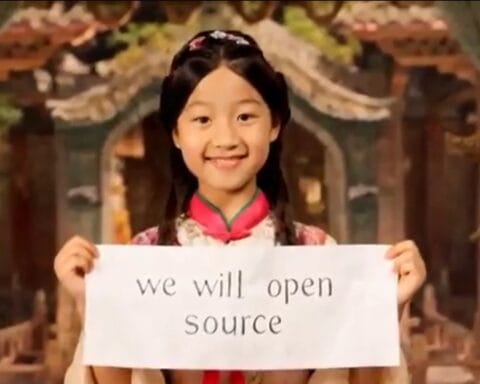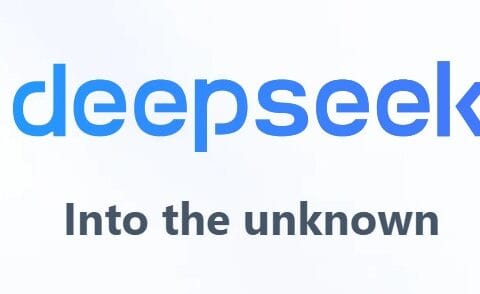Last Updated on April 12, 2024 11:40 am by Laszlo Szabo / NowadAIs | Published on April 12, 2024 by Laszlo Szabo / NowadAIs
Getting Ready for Meta’s Llama 3: What’s Next in AI Evolution? – Key Notes
- Llama 3, an open-source large language model by Meta, aims to enhance AI assistants and rival popular models like OpenAI’s ChatGPT.
- Promises improvements in accuracy and expanded coverage on a wider range of topics.
- Plans to integrate Llama 3 across various Meta products to enhance functionality and user interaction.
- Continues Meta’s commitment to open-source development, encouraging community-driven innovation.
- Estimated to feature over 140 billion parameters, enhancing its reasoning capabilities and accuracy.
The Unveiling of Meta’s Llama 3
Meta, the tech giant formerly known as Facebook, is gearing up to launch its highly anticipated next-generation language model, Llama 3. This open-source large language model (LLM) is set to revolutionize the field of generative artificial intelligence (AI) and power Meta’s range of AI assistants. In this article, we will explore the features, capabilities, and potential impact of Meta’s Llama 3.
During a recent event in London, Meta confirmed its plans to release Llama 3 within the next month – according to The Information.
“Within the next month, actually less, hopefully in a very short period of time, we hope to start rolling out our new suite of next-generation foundation models, Llama 3″
Nick Clegg, Meta’s president of global affairs said, expressed excitement about rolling out their suite of next-generation foundation models. He revealed that Llama 3 will consist of multiple iterations, each with unique capabilities and versatilities.
Meta’s Chief Product Officer, Chris Cox, highlighted the company’s strategy to integrate Llama 3 across various Meta products. This move aims to compete with OpenAI’s ChatGPT, which gained popularity as a generative AI tool. Meta’s cautious approach to AI development has drawn criticism in the past, but Llama 3 is expected to address these concerns.
Enhanced Capabilities and Broader Topic Coverage

Compared to its predecessors, Llama 3 boasts enhanced capabilities and a broader scope. It aims to overcome the limitations of previous versions by improving accuracy in answering questions and handling a wider array of topics, including more controversial ones. This expansion in topic coverage is a great forward for Llama 3 and demonstrates Meta’s commitment to providing a more comprehensive and versatile AI experience.
“Our goal over time is to make a Llama-powered Meta AI be the most useful assistant in the world”
Joelle Pineau, Meta’s Vice President of AI Research, said. expressed the company’s ambition to become the most useful assistant globally. Pineau acknowledged that there is still work to be done to achieve this goal, but the release of Llama 3 marks a significant milestone in Meta’s AI journey.
Open-Source Development and Developer-Friendly Approach
One of the distinguishing factors of Meta’s Llama line is its open-source nature. Meta has taken a different philosophical approach to AI development, emphasizing collaboration and inclusivity within the developer community. By providing access to Llama 3 as an open-source model, Meta aims to resonate with developers and foster innovation in the AI space.
Meta’s commitment to open-source development extends beyond Llama 3. The company has previously released Llama 2, its first publicly available language model, and continues to embrace the principles of openness and transparency. This approach has garnered support from developers and positions Meta as a player that prioritizes community-driven AI advancements.
The Size and Scale of Llama 3
While specific details about Llama 3’s parameters are yet to be disclosed, industry experts estimate that it could have over 140 billion parameters. This increase in scale demonstrates Meta’s dedication to building a more powerful and capable language model.
By expanding the size of Llama 3, Meta aims to improve its reasoning abilities and provide more accurate answers to user queries.
Skepticism from Within the AI Community
Despite Meta’s enthusiasm for Llama 3, skepticism remains within the AI community. Yann LeCun, Meta’s own Chief AI Scientist, has expressed reservations about generative AI models like Llama 3.
LeCun advocates for a shift towards joint embedding predicting architecture (JEPA), which he believes represents the future of AI. This difference in opinion highlights the ongoing debate surrounding the direction of AI technology and the emergence of alternative approaches.
The Path to a More Advanced AI Landscape
Meta’s upcoming release of Llama 3 signifies the company’s commitment to advancing generative AI capabilities. By addressing past criticisms and emphasizing openness through open-source development, Meta aims to capture developers’ favor while expanding its user base. Llama 3’s enhanced capabilities and broader topic coverage position it as a formidable competitor in the generative AI market.
As Meta continues to push the boundaries of AI technology, it remains to be seen how Llama 3 will be received by developers and users alike. However, with Meta’s track record of innovation and its strategic focus on open-source development, Llama 3 has the potential to redefine the landscape of generative AI and shape the future of AI-assisted experiences.
Definitions
- Llama 3: An upcoming generative language model from Meta, designed to be open-source and capable of producing text outputs that are more accurate and contextually relevant than previous iterations.
- Open-Source: Software with source code that anyone can inspect, modify, and enhance, promoting collaborative software development.
- Language Model Parameters: The elements that define the complexity and capabilities of a language model, influencing its ability to understand and generate human-like text.
- Joint Embedding Predicting Architecture (JEPA): A proposed AI model architecture aimed at improving the efficiency and effectiveness of language models by enhancing how they integrate and process information.
Frequently Asked Questions
- What improvements will Llama 3 bring to Meta’s AI capabilities?
- Llama 3 is expected to significantly enhance the way AI understands and interacts with users by improving the accuracy of responses and expanding the range of topics the AI can handle, which will greatly benefit Meta’s suite of AI products.
- Why is the open-source approach significant for Llama 3’s development?
- The open-source model for Llama 3 will allow developers worldwide to contribute to and enhance its capabilities, fostering a diverse community of innovations and speeding up the iterative improvement of the model.
- What sets Llama 3 apart from its predecessors like Llama 2?
- Llama 3 is designed to surpass previous versions by processing a wider array of complex queries more accurately and integrating seamlessly across different platforms, making it more versatile and user-friendly.
- How will Llama 3 integrate into Meta’s product ecosystem?
- Meta plans to embed Llama 3 into its various products, aiming to enhance AI-driven interactions and provide users with a more intuitive and engaging experience across all Meta platforms.
- What are the potential challenges Meta might face with Llama 3?
- Despite its potential, Llama 3 could face challenges such as meeting the high expectations for accuracy and ethical AI usage, managing community feedback on open-source contributions, and integrating advanced AI technology across diverse platforms.









